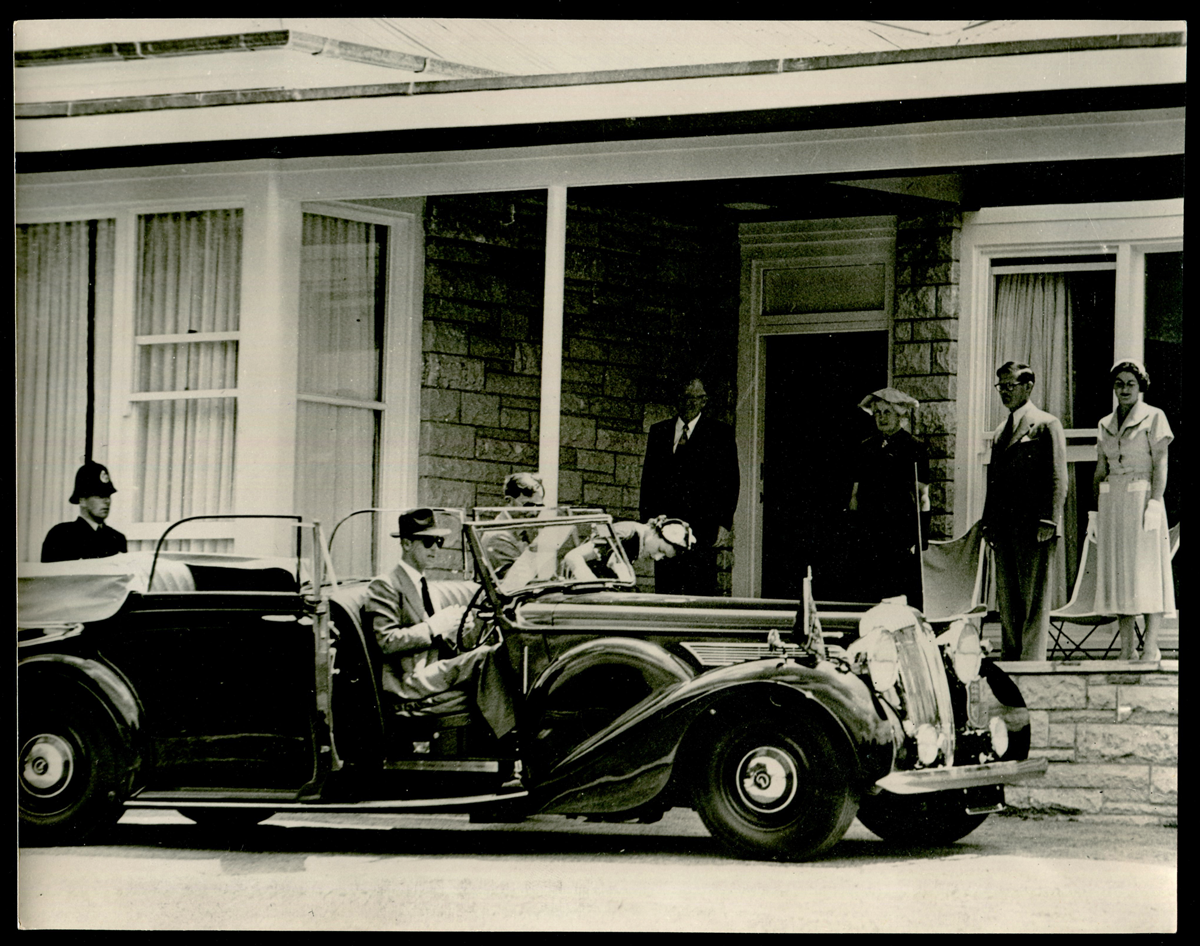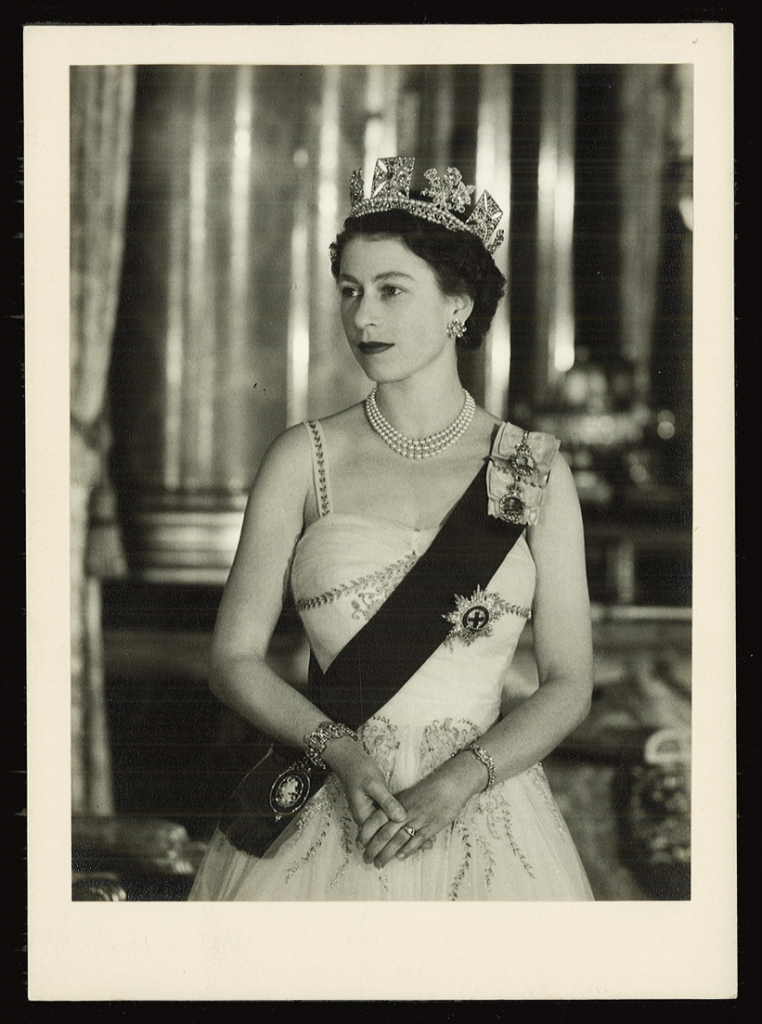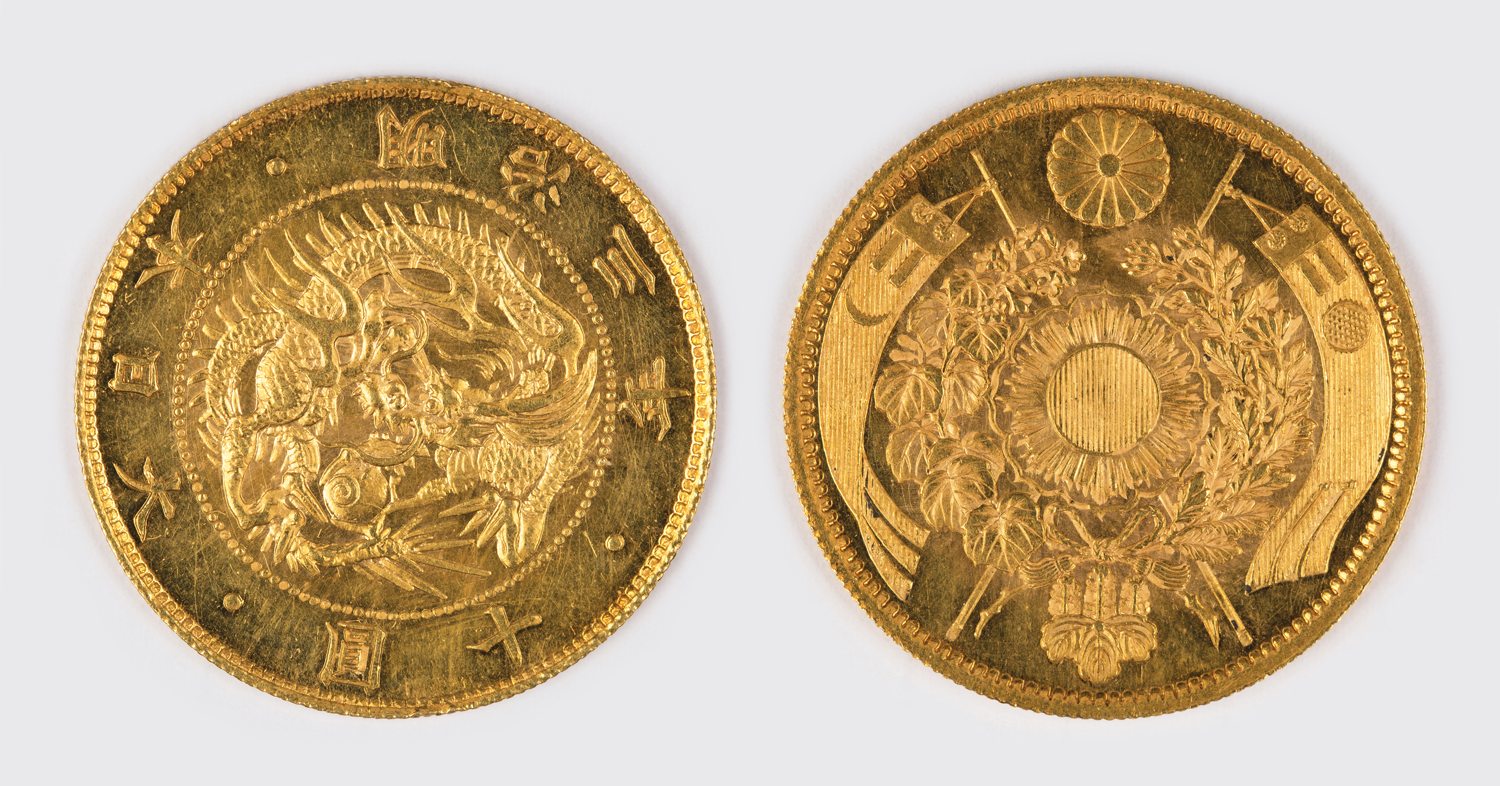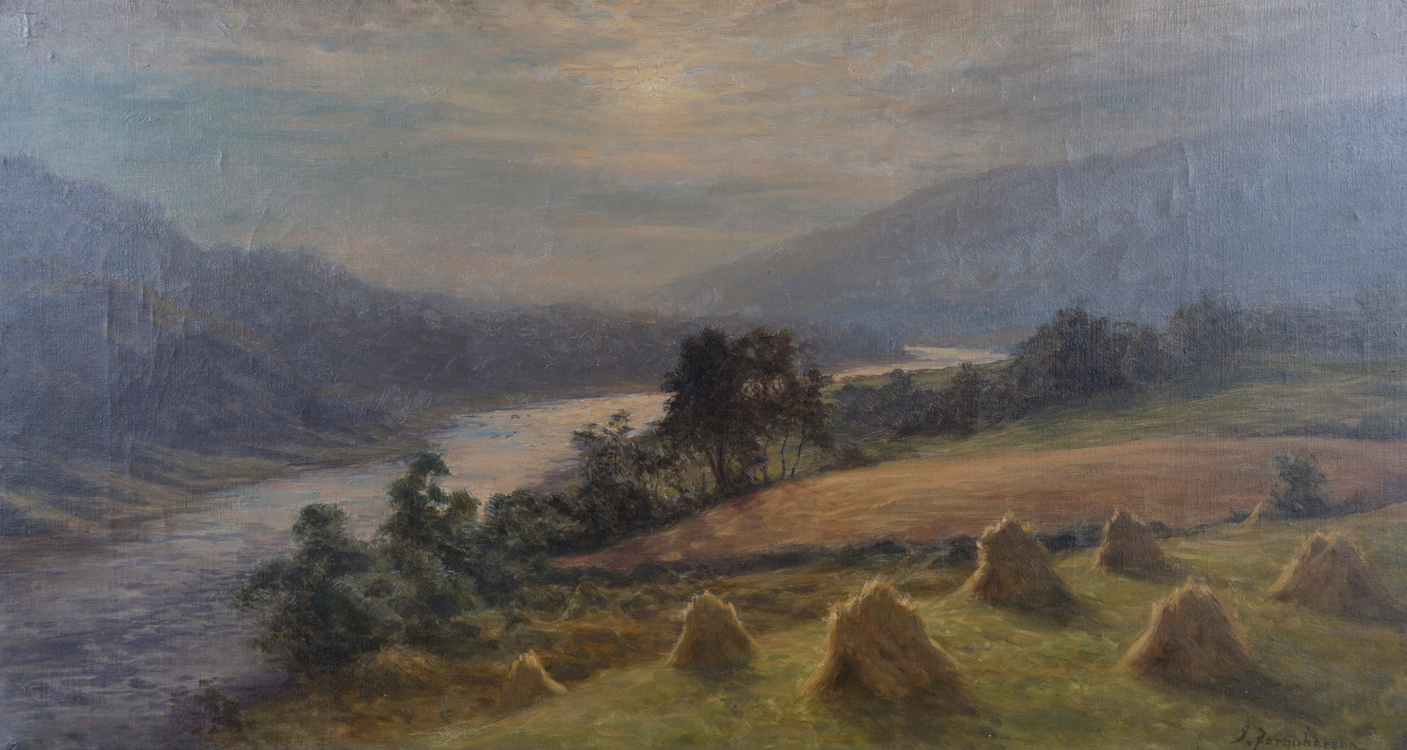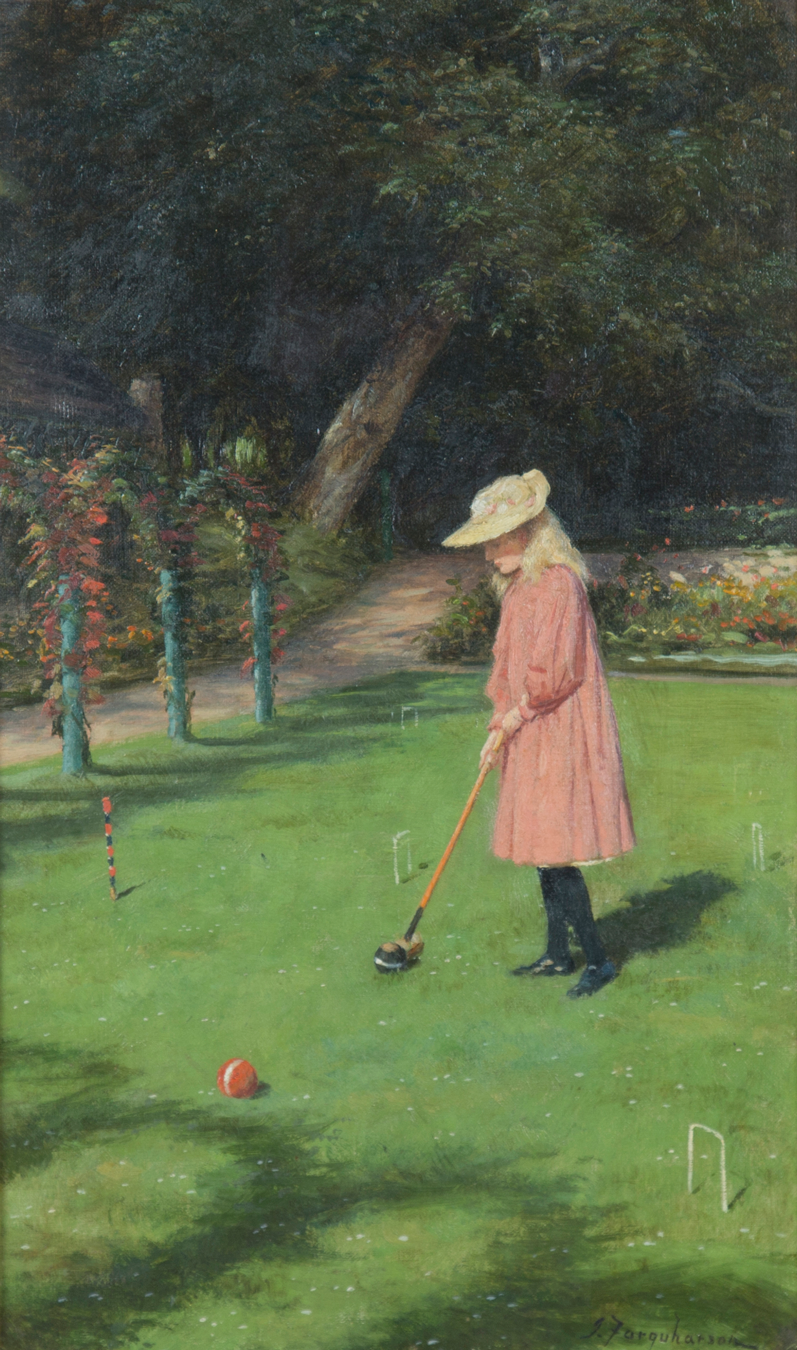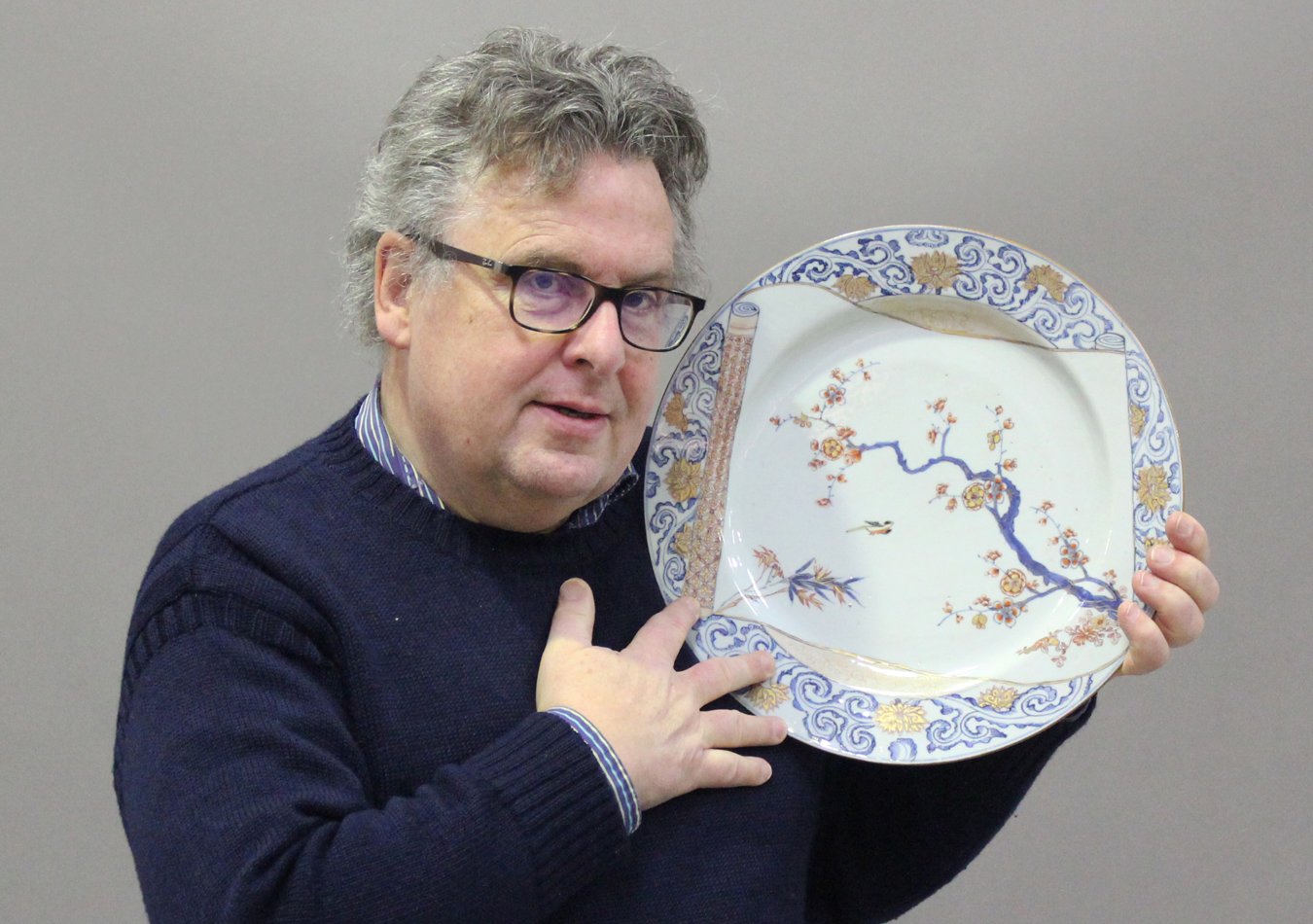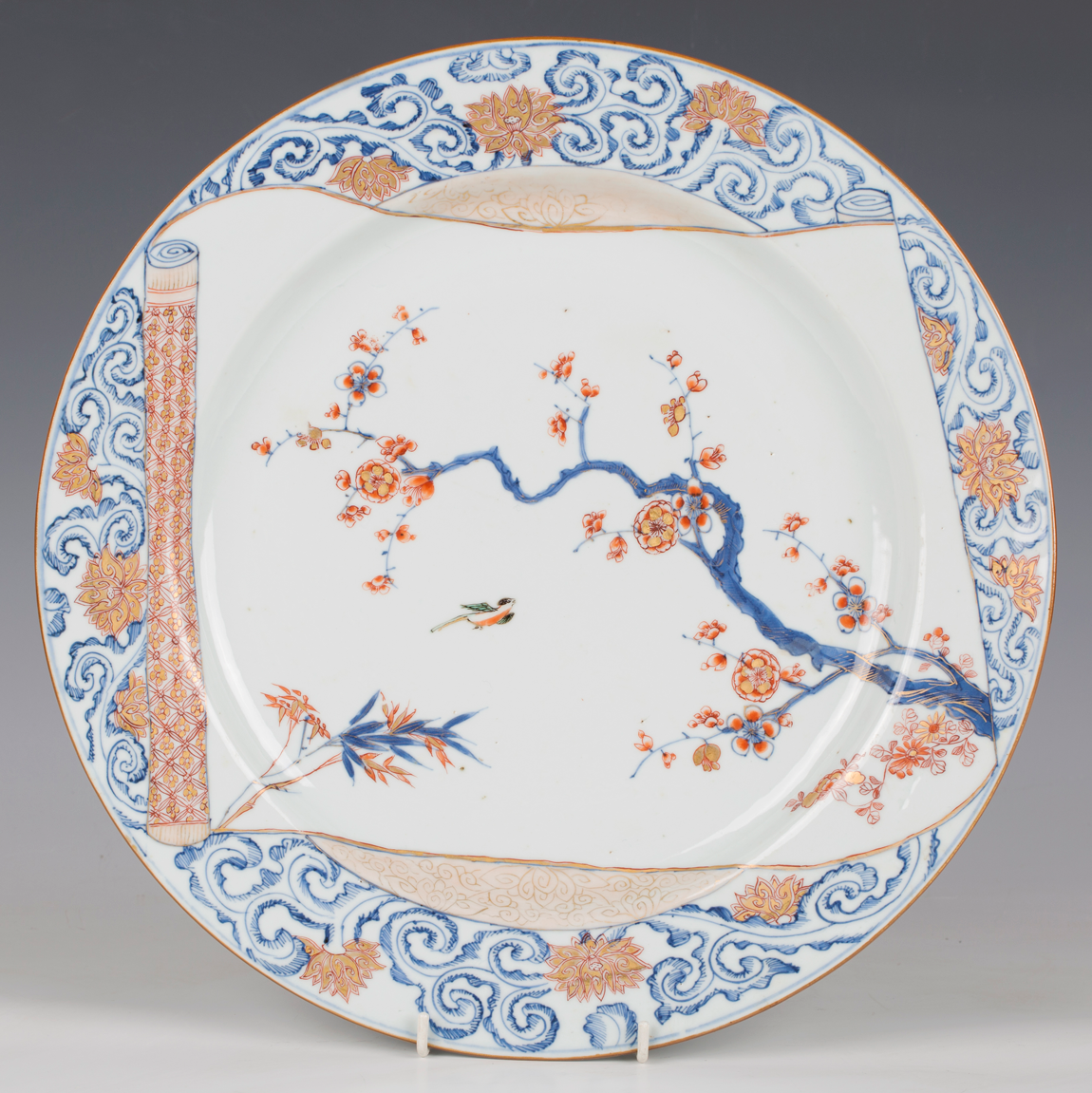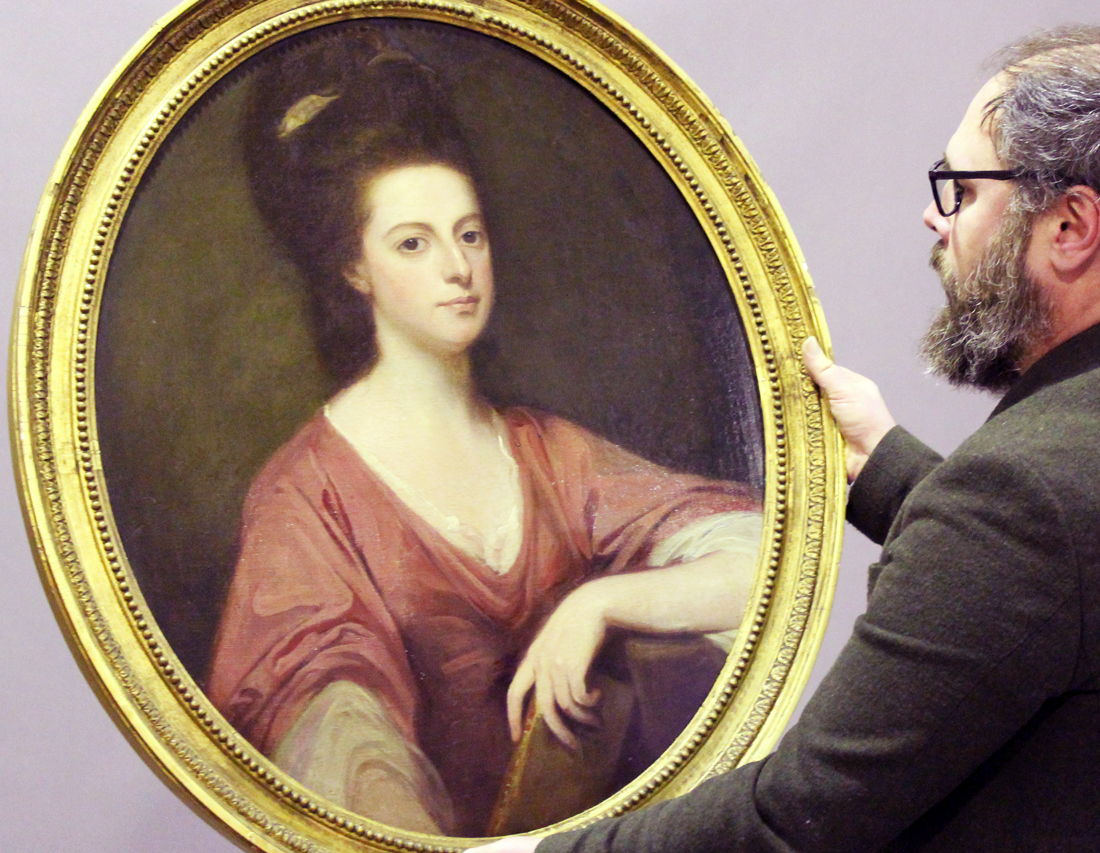
A lost work by the important English artist George Romney (1734-1802) has been newly re-discovered in West Sussex by Toovey’s Fine Art consultant Tim Williams. Romney was the most fashionable artist of his day and this portrait is to be auctioned at Toovey’s with an estimate of £8000-£12000 on 16th February.
The painting has been in the vendor’s family since the day it was painted, the sitter being a direct ancestor of the owner’s late husband. It is not recorded why but the painting had been previously attributed to Angelica Kauffman sometime before 1915. At that time it was in the possession of Rev Sydney C. Beauchamp. A letter written in 1915 by Rev Beauchamp describes that he had fallen on hard times and was prepared to sell the painting to his cousins for £50 on the proviso that he had the option to buy it back if his fortunes improved. Evidently his fortunes did not improve and the painting has remained in his cousin’s family until now.
Toovey’s Fine Art consultant Tim Williams says ‘I was immediately struck by the quality of the painting when I saw it at the client’s home. I thought it had some compositional similarities to Kauffman’s work, but my gut reaction was that it was by George Romney. I initially contacted the notable Kauffman scholar Dr Professor Wendy Wassyng Roworth who felt the treatment of the subject wasn’t quite right for Kauffman and also suggested Romney as the artist. I wrote to Alex Kidson, the leading authority on Romney, who confirmed that it was indeed by Romney and there was a considerable amount of supporting evidence. The date it was executed was recorded in Romney’s ledgers, as well as the cost of framing. It had been included in Alex Kidson’s scholarly catalogue raisonné of the artist but its whereabouts were unknown and the sitter’s identity was conflated with that of her sister. Alex had never seen an image of the portrait and was as excited as me about its re-discovery. It is rare to have such comprehensive provenance for a portrait of this date.’
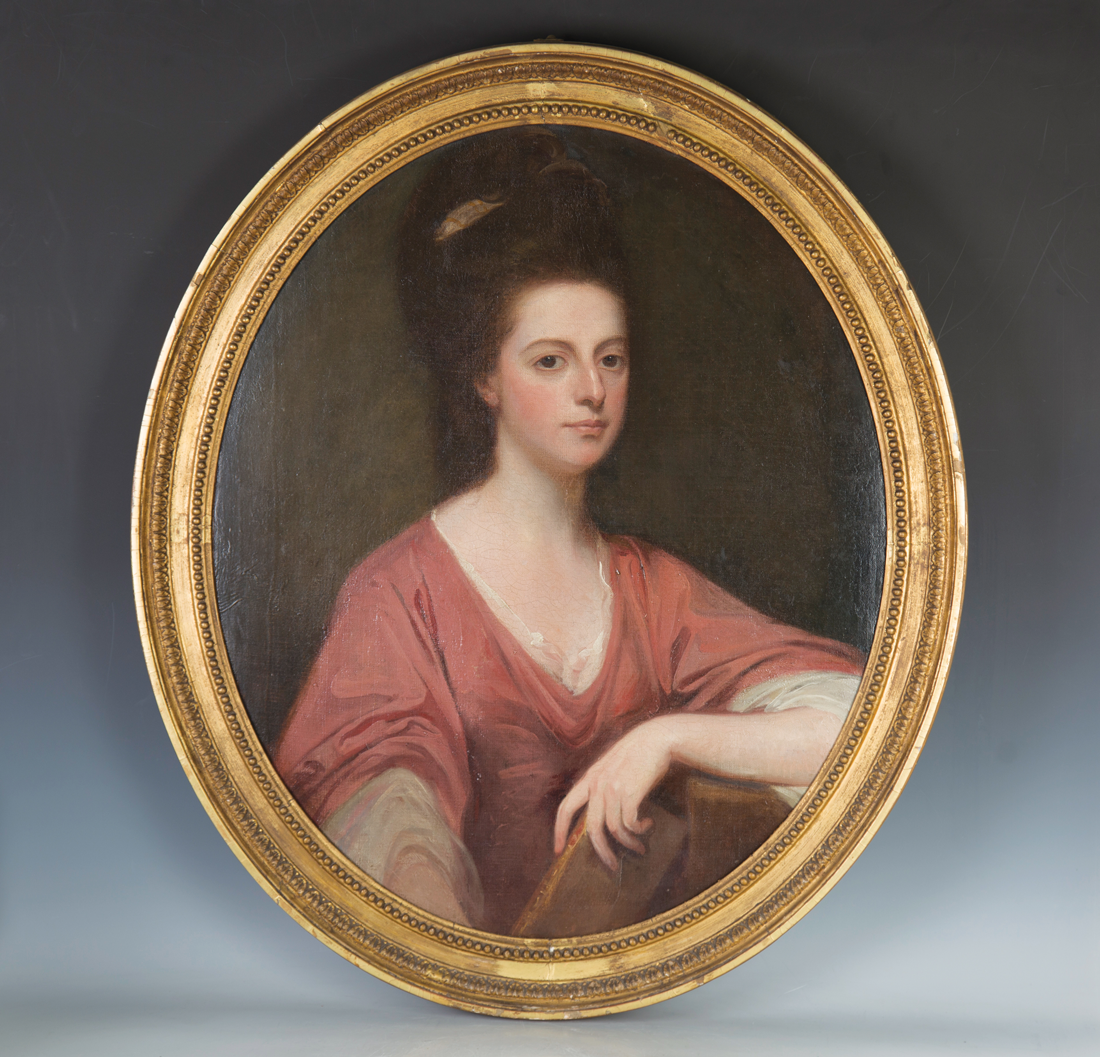
Tim explains how the portrait of Lady Laetitia Beauchamp-Proctor, née Johnson, had originally hung at her sister’s home, Langley Park in Norfolk. It is possible that the same picture is recorded hanging in her brother in law, Sir Thomas Beauchamp-Proctor’s drawing room in 1829 as noted in John Chamber’s ‘A General History of the County of Norfolk’ which was published in 1829 by John Stacy in London.
George Romney recorded Lady Beauchamp-Proctor’s seven sittings between 20th July and 16th August 1780, and the 18 guinea fee was paid to the artist on 5th May 1781. It was sent to Thomas Allwood for framing and is recorded in his framing book as ‘an oval 3/4 at a price of £2 12s 6d for Lady Beauchamp Proctor’.
Tim Williams concludes excitedly ‘This is the first time that this portrait has ever appeared on the market – almost unheard of for a 242 year old painting.’
